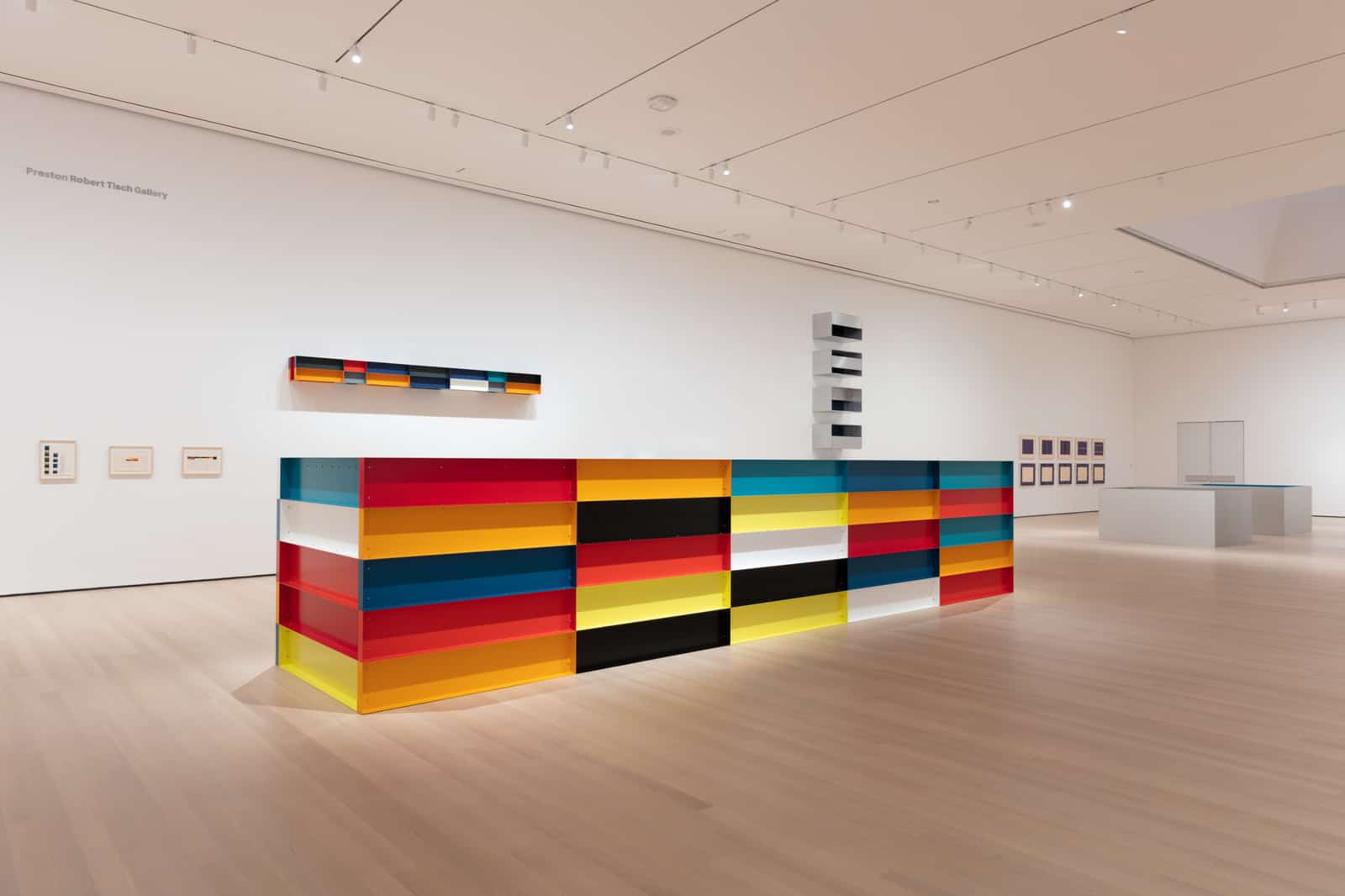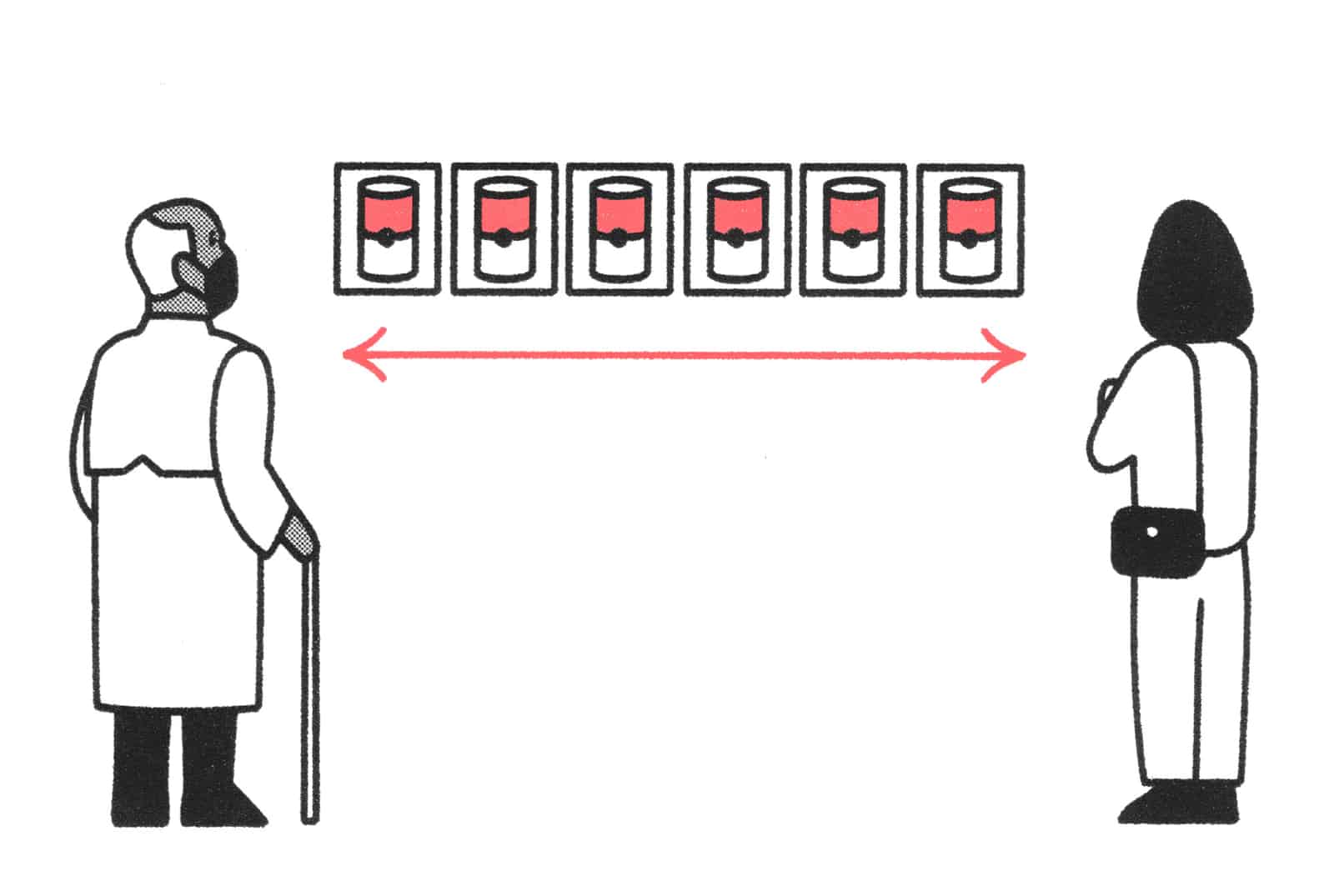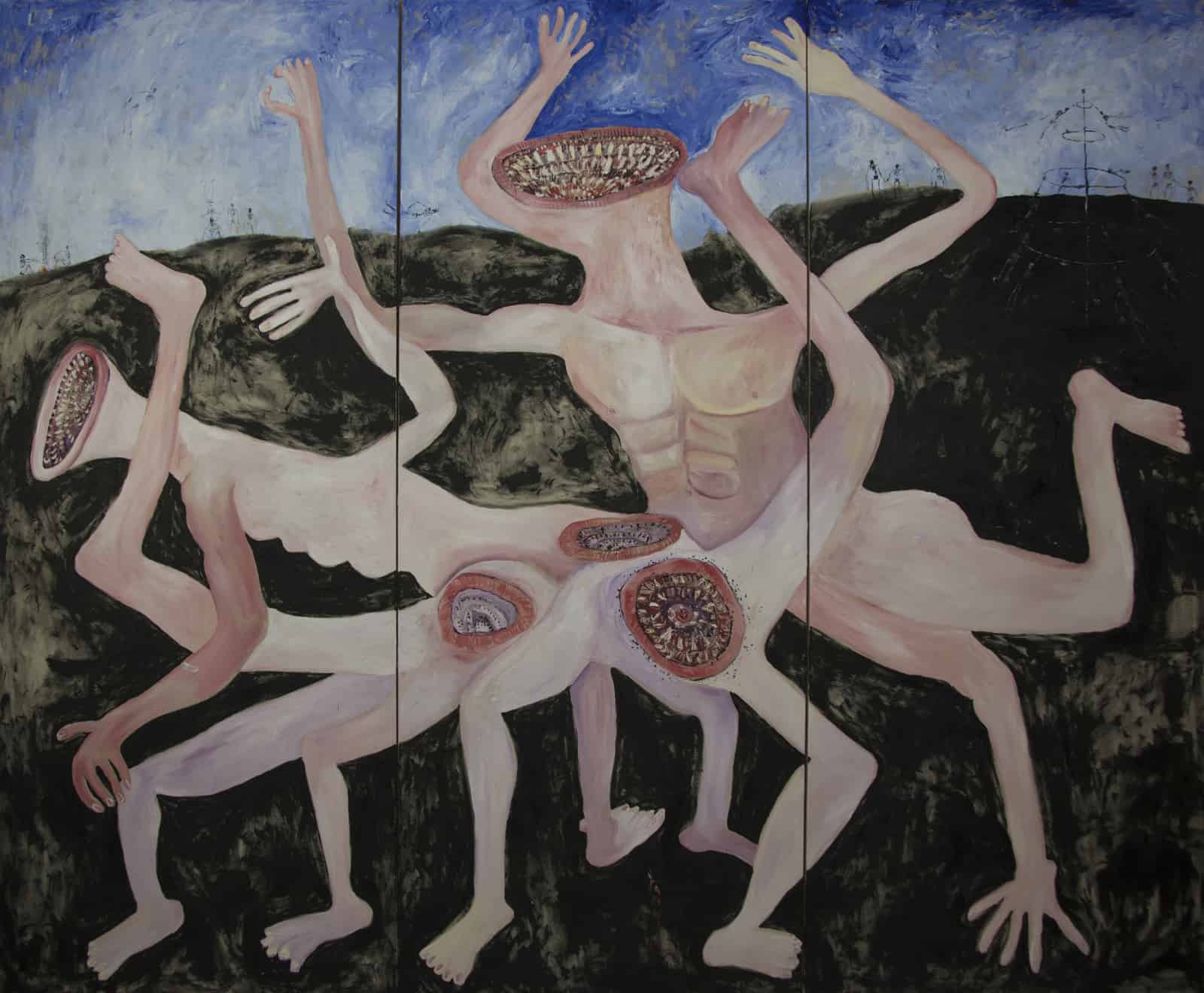„I find it so lamentable, the alarming, unwonted ordeal that has come upon us”
…wrote Yayoi Kusama in the wake of the coronavirus crisis. Indeed, the passing year has been a true time of trial for the whole world, including the artworld. Major international events and exhibits have been cancelled or postponed, many museums still remain shuttered, auction houses have frozen in trepidation, sales have plummeted, and thousands of art workers have been laid off or furloughed. Cultural institutions from all over the globe have found themselves seeking out innovative ways of showing art and solutions for persevering in these precarious times.

Installation view of Judd, The Museum of Modern Art, New York, March 1–July 11, 2020. Digital Image © 2020 The Museum of Modern Art, New York. Photo by Jonathan Muzikar
Museums go online
According to studies released in May by UNESCO and the International Council of Museums (ICOM), ca. 90% of museums around the world have closed for varying lengths of time during the COVID-19 crisis. The Internet has come in handy more than ever. The vast potential of cyberspace worked as a way out under the lockdown circumstances. The Metropolitan Museum of Art, Centre Pompidou, the National Gallery in London, the Galleria degli Uffizi in Florence and others have invited us to explore their collections online. Everything has gone digital. The major retrospective of Donald Judd at the Museum of Modern Art (MoMA) opened during the last days of normalcy, but soon after that it was transformed into an online slideshow with audio-visual tours. It reopened to the public in September, but with limited entries and restrictions. Unfortunately, a lot of struggling museums weren’t as lucky as MoMA. The ever-changing reality of the pandemic has brought to light the economic inequality among museums, as well as tested their ability to adjust to new circumstances. Nearly 13% of them may never open their doors again.

„Chair Times. A history of seating”, dir. Heinz Bütler, Hook Films, Courtesy of vitra
At your fingertips
Although the Internet is no stranger to art (and vice versa), its role in making art accessible has become even more visible during the pandemic. It brought comfort to those who desired artistic experiences, but were unable to encounter them in person, whether it was due to them being quarantined at home or otherwise. Museums and galleries have been outdoing each other in developing new forms of engagement in arts: virtual exhibitions, 360-degree videos, webinars, lectures, free digital publications, online auctions and artists’ talks, just to name a few. For instance, the Vitra Design Museum provided VoD screenings of „Chair Times” – a rich documentary on the history of seating design: from Thonet’s bentwood chairs to the 3D-printed recliners. Closed since March 13th, the Museum at FIT in New York offered online walks through its archival exhibitions. One of them guides us through the forgotten stories of designers of African descent and their impact on the fashion world. The 2016 show „Black Fashion Designers” resonated with 2020 Black Lives Matter protests. Digital artwork is thriving and video art got a new lease of life. The new work of Marina Abramović – „7 Deaths of Maria Callas” – an operatic merging of performance and film staged at the Bavarian State Opera – was broadcasted live for free. All of that and more, available at our fingertips.

Installation view of “Bruce Nauman” at Tate Modern featuring “Black Marble Under Yellow Light” 1987. Photograph by Tate Photography (Matt Greenwood). Artwork (c) Bruce Nauman / ARS, NY and DACS, London 2020
The show must go on
The shutdown of museums, cancellation of exhibitions and new visiting policies raise a question: Is this the end of blockbusters? The shows of that sort – such as „Picasso in the Metropolitan Museum of Art” (2010), „Alexander McQueen. Savage Beauty” (2011) and „Matisse Cut-Outs” (2014) – attracted masses. The attendance figures reflected the never-ending queues. This year, however, was marked either by empty gallery rooms or by lines of visitors standing 6ft apart from each other. Nevertheless, it would be unfounded to say that 2020 lacked disputed and noteworthy exhibits, for instance, the retrospective of Bruce Nauman at Tate Modern, the Berlin and Paris shows of Christo (who passed away this year), the enigmatic presentation „Studio Berlin” in Berghain, Toyin Ojih Odutola at the Barbican, Franz Erhard Walther at the Munich’s Haus der Kunst or Miriam Cahn’s monograph at the Museum of Modern Art in Warsaw. There was a lot of fuss about the retrospective „Philip Guston Now”, though it eventually did not come into existence. The tour and the exhibition, which was five years in the making, was postponed until 2024 as a result of fears about audience responses to Guston’s anti-racist Ku Klux Klan imagery. Even though we might speculate which 2021 exhibitions will be labelled „a must-see”, the next year’s reality remains unpredictable.

Keep Your Distance, Illustration by Nicolas Ménard for the Museum of Modern Art, New York
iCOVIDography
When searching for a visual representation of a plague or pandemic, art historians often reach for the imagery of the 14th century spread of Black Death, Edvard Munch’s paintings of the Spanish flu in the 1918 or the artistic documentation of AIDS epidemic. As I wrote in one of my previous articles, the COVID-19 outbreak has generated a new iconography. Face masks, medical gloves, social distancing, domestic quarantine and much more have been inducted into a pandemic set of themes and motifs. As the pandemic wears on, artists are depicting the disease’s atrocity and the onerousness of isolation. Antony Gromley formed solitary clay figurines that evoke apathy and hopelessness. Konrad Żukowski portrayed the coronavirus itself as a devouring, humanlike monstrosity. David Hockney, on the other hand, tried to look at 2020 through rose-coloured glasses. In light of the reduction of social life to a minimum, the British artist shared two joyous landscapes with naïve yet fortifying messages: „Do remember they can’t cancel the spring” and – when the lockdown struck again – „Remember they can’t cancel the autumn either”. Michael Craig-Martin created a floral „Thank You NHS” digital poster that can be downloaded, coloured and displayed in windows as a sign of gratitude. Contemporary art historians are witnessing the creation of new visual vocabulary which most likely will not pass with the end of the pandemic. We will surely engage with these emerging images for some time.

Konrad Żukowski, Coronavirus, 2020, 250x300cm, oil on canvas, courtesy of the artist
Indispensable Art
„The creative courage of creative people can help to overcome the crisis. We should seize every opportunity to create good things for the future. That is why the following applies: artists are not only indispensable, but also vital, especially now” – noted Monika Grütters, the German Minister of Culture. So are the museums and exhibitions. They serve as hubs of education, collective reflection, and entertainment, while providing a sense of community and normalcy. The hashtags #MuseumFromHome, #ArtCanHelp and #ArtIsNotCancelled have been circulating around social media proving that home-bound audiences seek art despite closed doors, travel bans and other obstacles that 2020 has brought. As Audrey Azoulay, the Director-General of UNESCO, put it: “Bringing people together, inspiring, soothing and sharing: these are the powers of art, the importance of which has been made emphatically obvious during the COVID-19 pandemic.”

STUDIO BERLIN/Berghain, © Rirkrit Tiravanija, courtesy neugerriemschneider Berlin, Foto: Noshe








